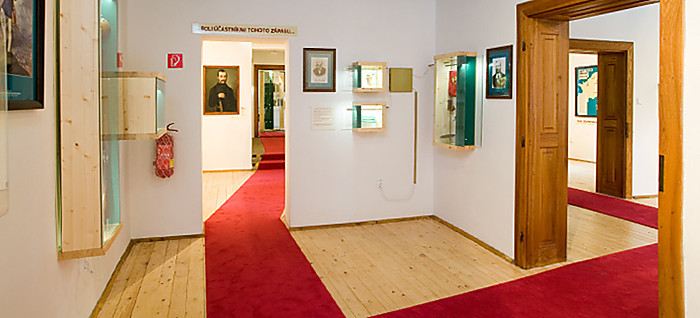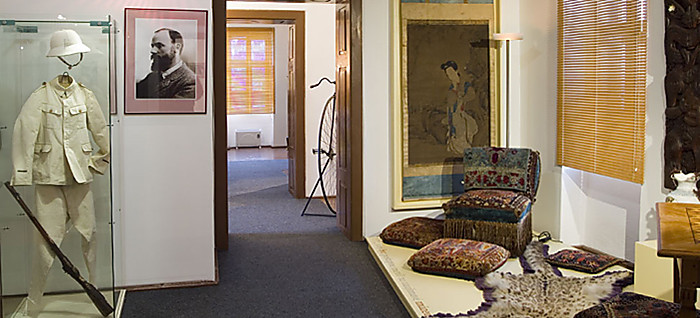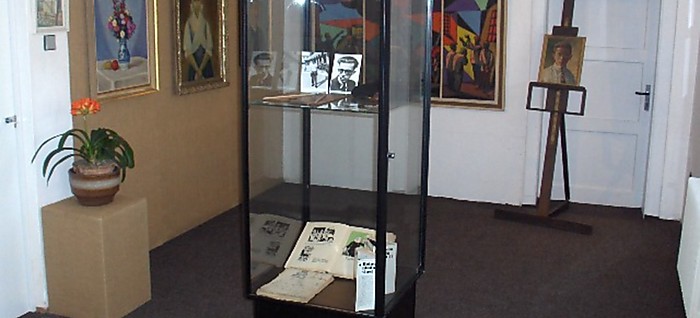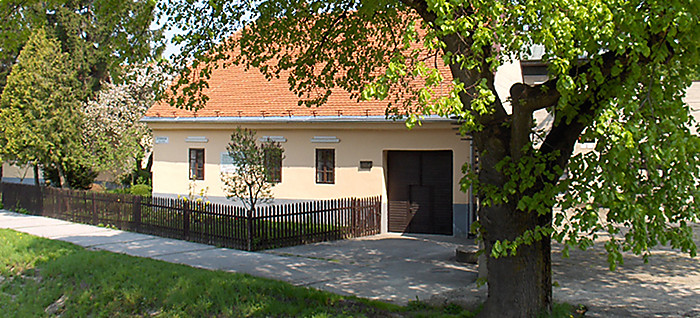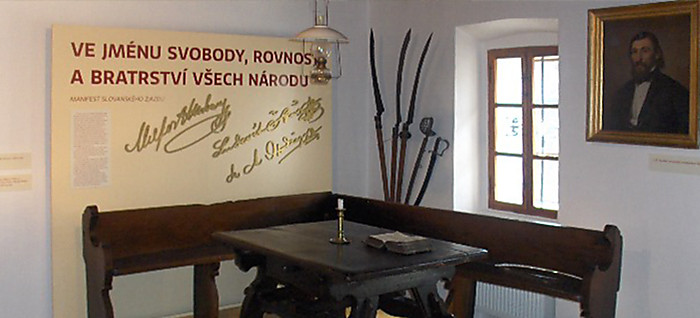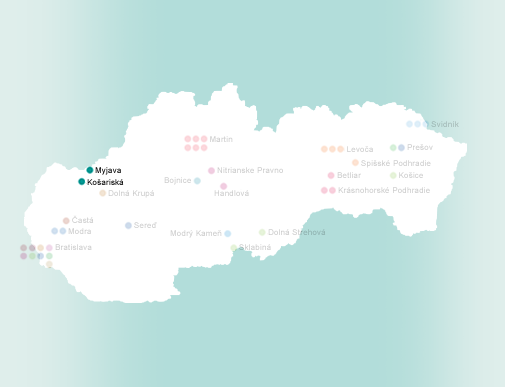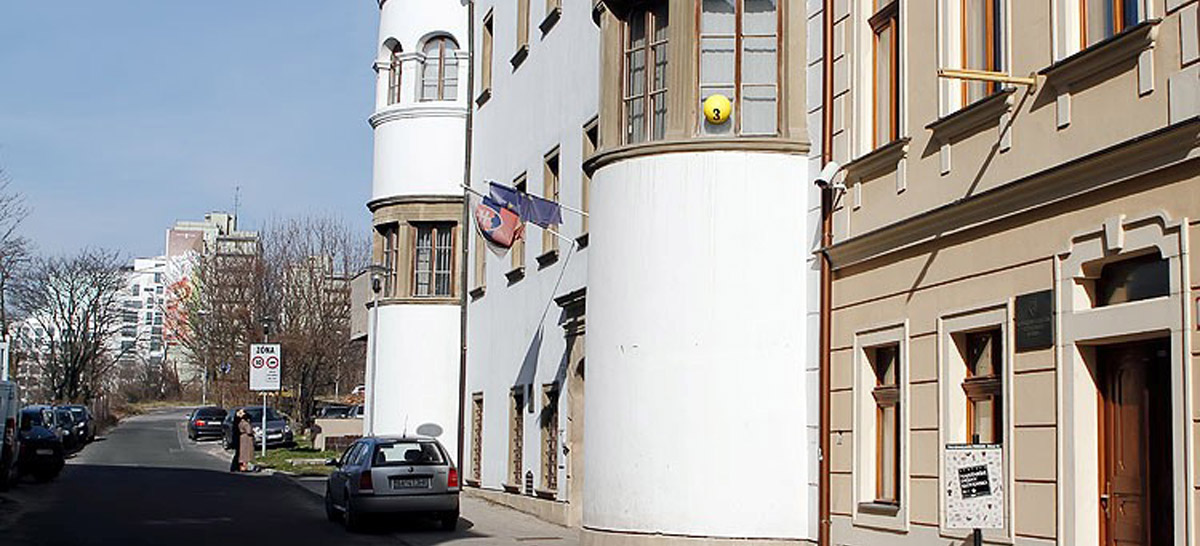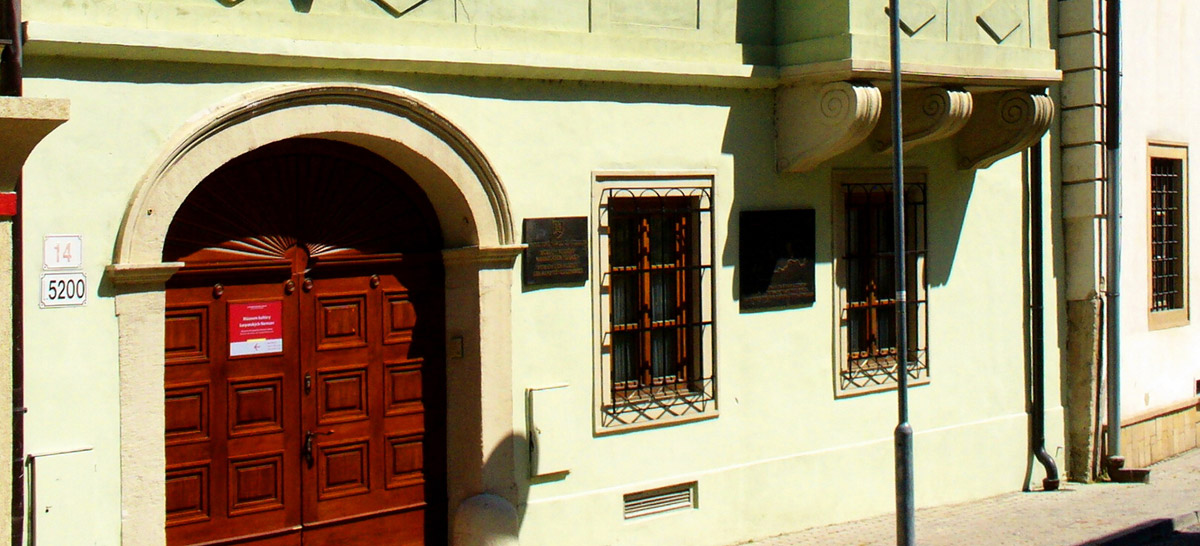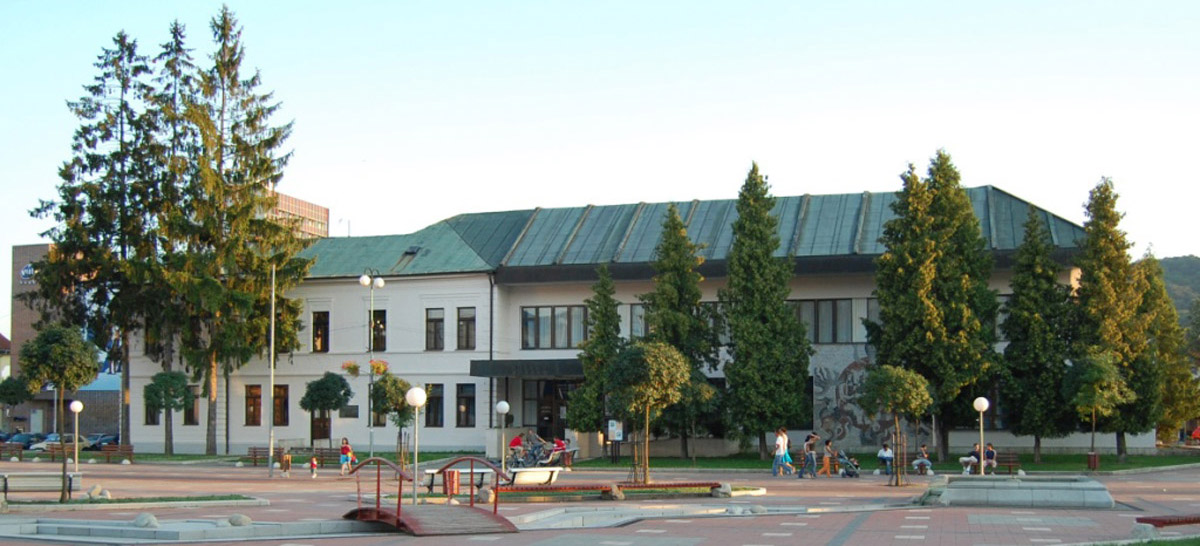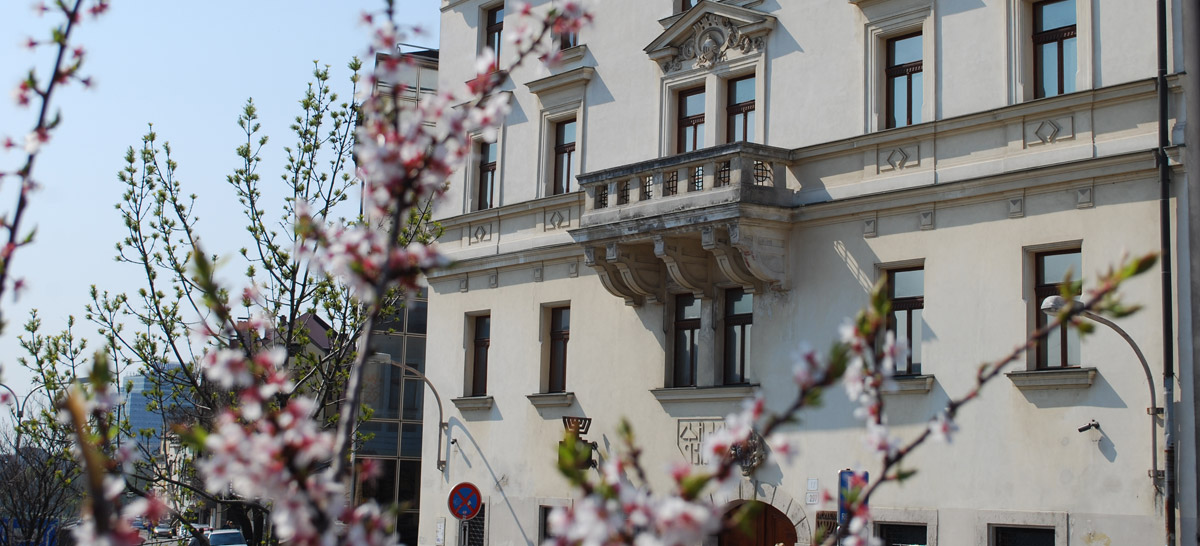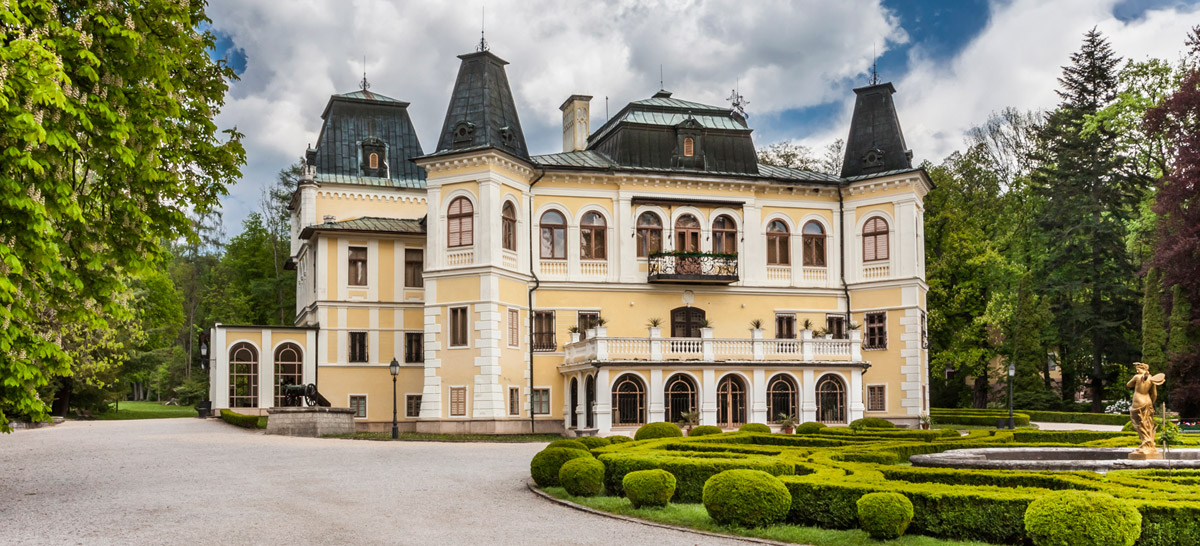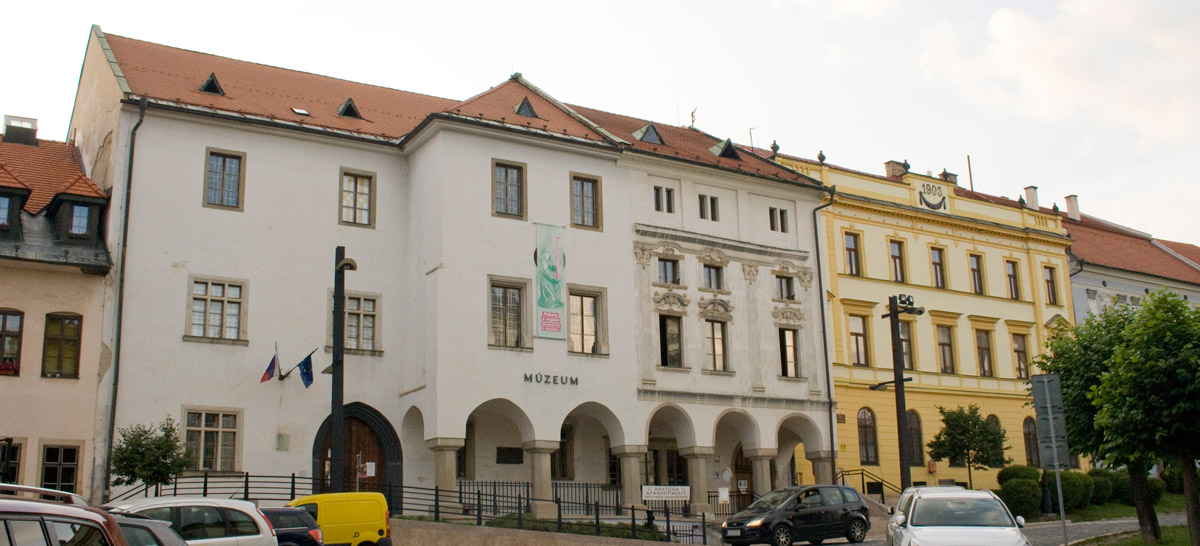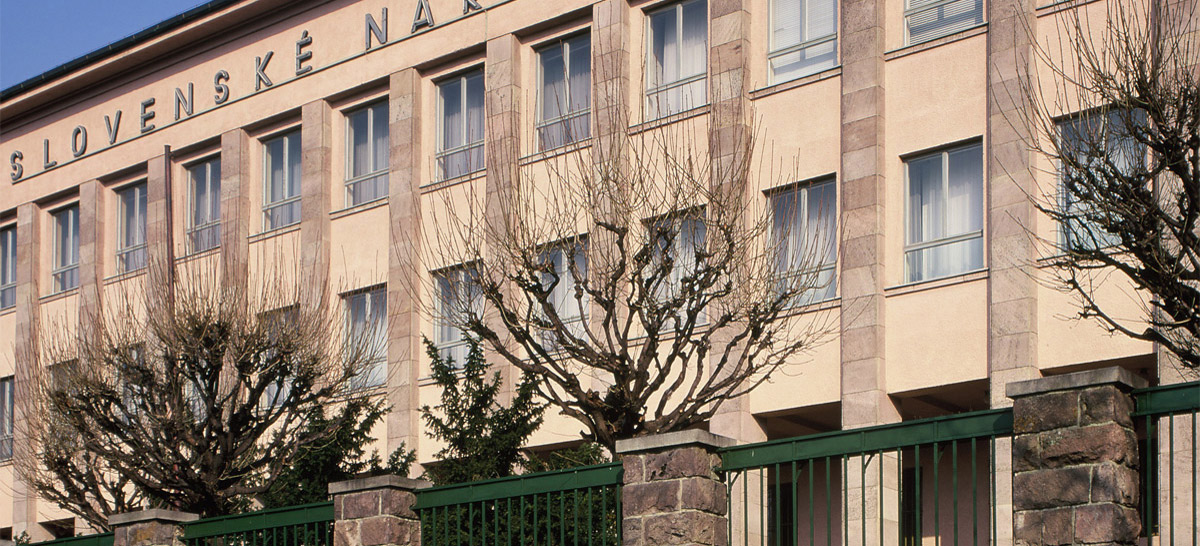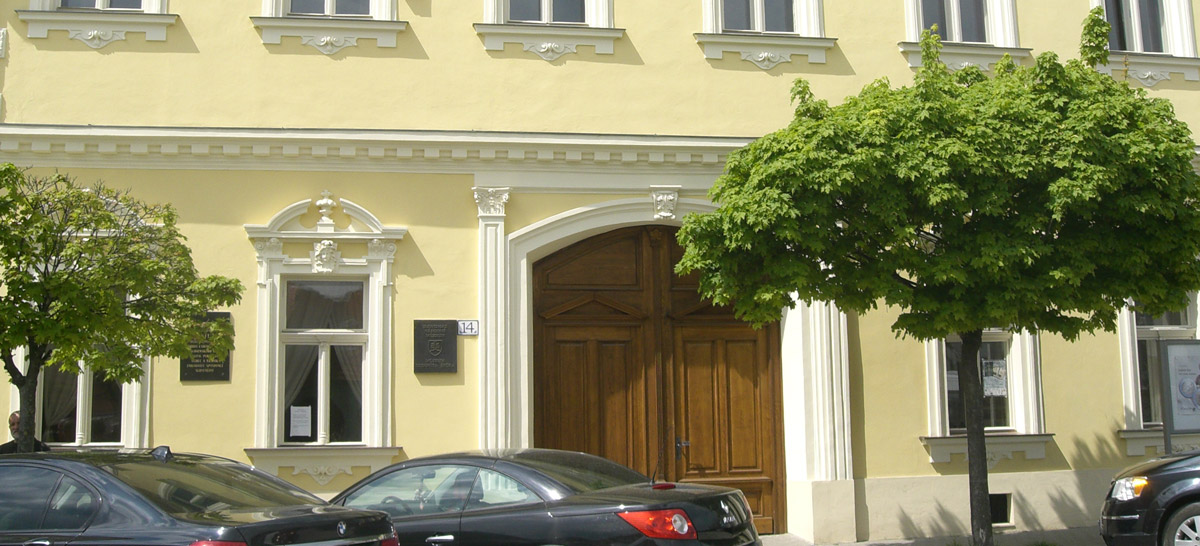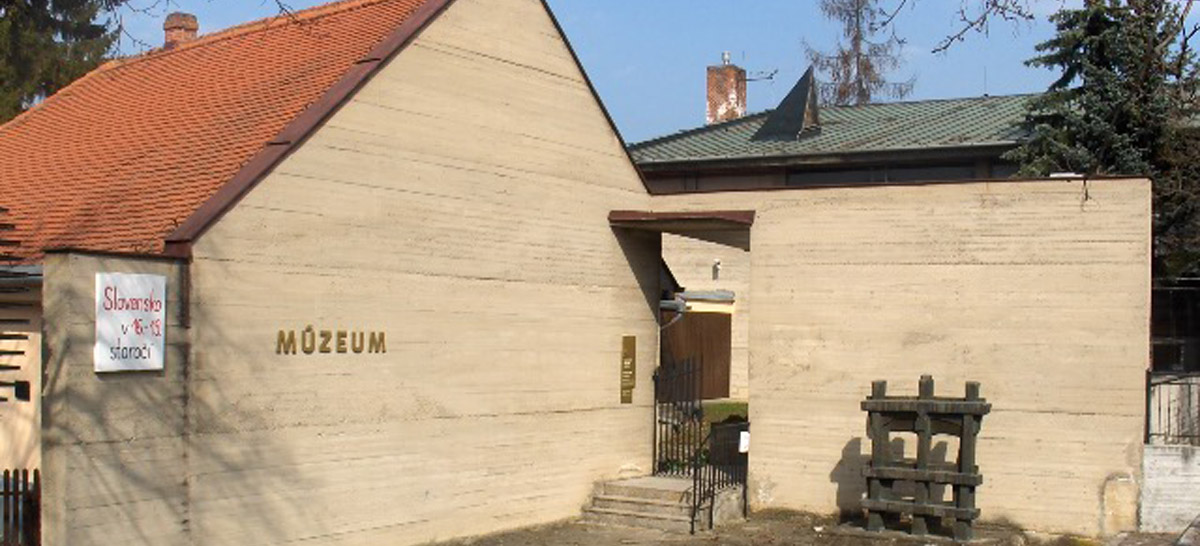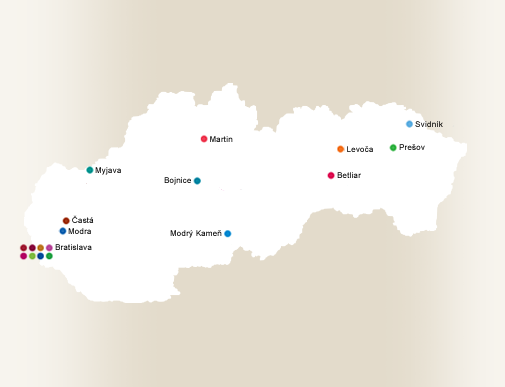Cultural and Literary Traditions of the Myjava Region
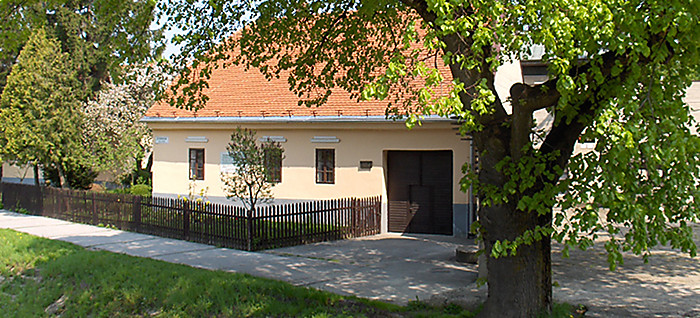
The National Cultural Monument to Anna Koléni is fitted with a memorial plate on its façade with a quote from the History of the Slovak National Uprising 1848 written by Mikuláš Dohnány (1850):
IN THE HOUSE OF THE GREAT LADY KOLÉNI, THE FIRST HEADQUARTERS WERE ESTABLISHED FOR NATIONAL BATTLERS IN SLOVAKIA. HERE, THE FIRST HEADS AND LEADERS OF THE SLOVAK UPRISING LIVED. HERE, MISSIONARIES FROM SURROUNDING VILLAGES WERE RECEIVED; COMMANDS WERE ISSUED WITH A STAMP AND A SIGNATURE OF THE SLOVAK NATIONAL COUNCIL. THIS WAS THE PLACE WHERE APPEALS TO THE SLOVAK NATION WERE BORN. AND HERE, SINNERS AND TRAITORS OF THE SLOVAK NATION PROMISED THEIR PROPITIATION. THIS HOUSE WILL BE A MEMORIAL AS WELL TO THE FAMILY LIVING IN IT – A SON AND A DAUGHTER FAITHFUL TO THE SLOVAK NATION.”
Myjava was a centre of the Slovak national movement in 1848/1849. This is a place witnessing the zenith of the architects constructing the Slovak national program such as Ľudovít Štúr, Jozef Miloslav Hurban and Michal Miloslav Hodža. The first Slovak National Council held its initial session in the house of Mrs. Koléni. On September 19, 1848 the first national assembly of Slovaks took place here at which Ľ. Štúr announced the independence of the Slovak nation along with the first Slovak uprising. Even though the uprising failed to reach its ultimate objective of the taking up of arms, its program became a persistent and inspiring symbol for following generations.
The house of Mrs. Koléni became a symbol of national unity with the legacy of its predecessors. It was not by chance that it became the Slovak National Councils’ Headquarters. The destiny of the Koléni family had merged with national events. The house is also closely linked with the memorial Brezov theatrical performance on April 25, 1848 and in the following days the family members did their best to help with the sewing of cockades and flags. One of them had been hung on the house on April 26, which we learn about from the enthusiastic letter of J. M. Hurban to his wife.
While Hurban wrote his tasks related to the national appeal to “Brother Slovaks” it was this woman, Anna Koléni, who took the initiative to turn the tasks into reality. Her house became very vibrant. Sitting at the hand-carved oak table with drawers in a large festive room with a kitchen and girls’ room, Hurban elaborated the draft “Requests of the Slovak nation in the Nitra capital” over the night of 26th to 27th April 1848. At the very same table, Slovak patriots negotiated over further steps when its emissaries Lajko Šulek and Daniel Bórik were taken to prison in Nitra due to the Requests. (Lajko Šulek died of cholera in Komárno prison on June 16, 1849. For serving as the SNC’s envoy, his brother was sentenced to death by the Statutory Law Court in Hlohovec and later executed. It is noteworthy to mention that their sister was a grandmother of General M. R. Štefánik.)
After the failure of the Slovak Assembly, it was decided that an uprising should be organized against Hungarians. Myjava was to be its centre and from there the uprising would be expanded to upper regions of Slovakia. The house of Mrs. Koléni was chosen as headquarters. Here, the first Slovak National Council, previously formed in Vienna, held its first meeting from 18th to 28th September 1848. Mrs. Koléni turned out to be a very good organiser: she had grids from several windows removed so that members of the National Council could flee as swiftly as possible in case of danger; moreover, she organised a secret hiding place in the cellar for wounded members.
After the defeat “U Klasovitých”, Mrs. Koléni tried to save documents of the Slovak National Council by burying them underground at a nearby well but unfortunately they were found anyway. Her house was looted and the original intent was to also burn it down as a warning. Like many other families, Mrs. Koléni had to hide from Hungarian persecution beyond the borders, in the Moravian village of Javorník. After six weeks, volunteers in the uprising were pardoned and returned home. After that time, the Slovak National Council sought fulfilment of its demand via loyalty to the Emperor. But Mrs. Koléni did not feel bitterness – the door to her house remained open even during the second expedition of volunteers...

